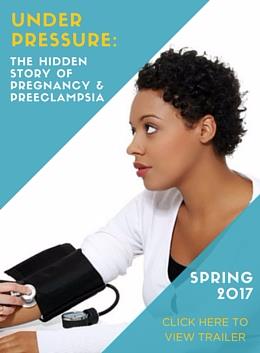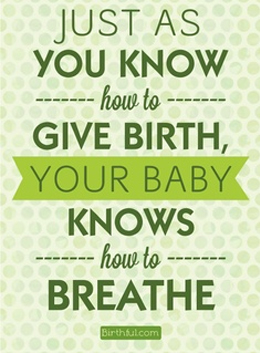Ever since I was a teenager reading women’s magazines, I’ve been hearing about the joys of the G-spot. But I’ve never found such a place on my own body. I mean, pressure on the top of the inside of my vagina feels good, but it doesn’t make me orgasm, and there’s no discrete “spot.” Doctors, sex educators, and scientists seem just as confused about this as I am.
The existence of the G spot was first proposed by a gynecologist named Dr. Ernest Grafenberg in a 1950 paper, which described a place inside the upper vaginal canal that supposedly produces pleasure, orgasm, and sometimes ejaculation. Those who believe in the G-spot say you can find it by putting a finger or curved toy in your vagina and moving it upward toward your belly button (with a “come hither” motion if you’re using a finger). It might feel like a patch of skin that’s a bit rougher than its surroundings.
Many women report that they get pleasure this way. Others, though, feel nothing but an urge to pee. And whatever feeling comes about, research on the existence of a body part devoted to producing it is mixed.
What Does The Research Say?
“There is research to say YES, the G-spot exists, and NO, the G-spot doesn’t exist,” OBGYN Dr. Kecia Gaither tells Bustle. Some brain imaging studies, for example, have shown increased activity in women’s brains when this area is stimulated, while others have shown nothing. Alexis Thomas, who owns the sex-positive shop Taboo Tabou and teaches sex education at Northwestern University and around Chicago, agrees. “On the science level of it all, there may or may not be a G-spot,” she tells Bustle.
Well, glad we’ve got that cleared up. JK, because it’s not actually clear to anyone.
How Do We Know So Little?
Given how much we know about anatomy, how is it that we don’t even know whether an entire body part exists? We probably have the taboo on female sexuality to thank for that. Imagine if there were a whole part of the penis whose existence scientists debated. That would be laughable.
“The female orgasm is something that is typically not seen and also not educated on in society,” says Thomas. “In all sex ed we receive information about the male orgasm because that equals ejaculation and ejaculation equals reproduction. … Plus, most scientists are males and most males are only interested in their own orgasm or whatever will actually help their orgasm get better.” Hopefully, as more people talk about female sexuality (and the sexualities of all the people who don’t adhere to the gender binary), age-old mysteries like the source of the female orgasm will be resolved.
Overstating The G-Spot’s Role Could Backfire
Some sexperts are wary about encouraging the belief that everyone with a vagina has a G-spot because it could set up unrealistic expectations. “Only 20 percent of women report orgasming from vaginal intercourse alone without any clitoral stimulation. I would argue that number is honestly a lot lower,” says Thomas. “Typically, women who do achieve any sort of G-spot orgasm do so through clitoral stimulation or even a clitoral orgasm that happens before the G-spot.”
By overstating the power of the G-spot, we risk perpetuating the myth that women should be expected to orgasm through intercourse. So, whether or not there’s a place inside the vagina that’s more sensitive, we should be careful not to expect it to lead to orgasm. It usually doesn’t.
But Denying Its Existence Could Be Problematic, Too
In a world where women’s experiences are constantly invalidated, the last thing we need are scientists mansplaining our G-spots to us. A lot of women report that they feel a spot inside their vaginas that produce extra pleasure, says Gaither. If that’s their experience, claiming that their G spots don’t exist can be super invalidating.
What’s The Truth, Then?
Gaither thinks the seemingly conflicting data on the G-spot might arise from differences between women. In other words, maybe some of us have a G-spot or something like it, and some don’t.
“If we can get past this idea of chasing an orgasm or a goal and make sex and masturbation about the journey, it will be more enjoyable and less stressful.”
“Women vary — and what may elicit a reaction on one woman’s anatomy may not elicit the same reaction on another’s,” Gaither says. “What is erotic to one woman may not be to another.”
Thomas agrees. “Some women do ejaculate and some don’t and that’s OK,” she says. “Some women have G-spot orgasms and some don’t and that’s OK. Some women cannot achieve orgasms with partners but only alone, and some can have an orgasm the minute the wind hits them, and that’s OK. If we can get past this idea of chasing an orgasm or a goal and make sex and masturbation about the journey, it will be more enjoyable and less stressful.” The important thing to remember is that whether or not you seem to have a G- spot does not determine how good your sex life is.






